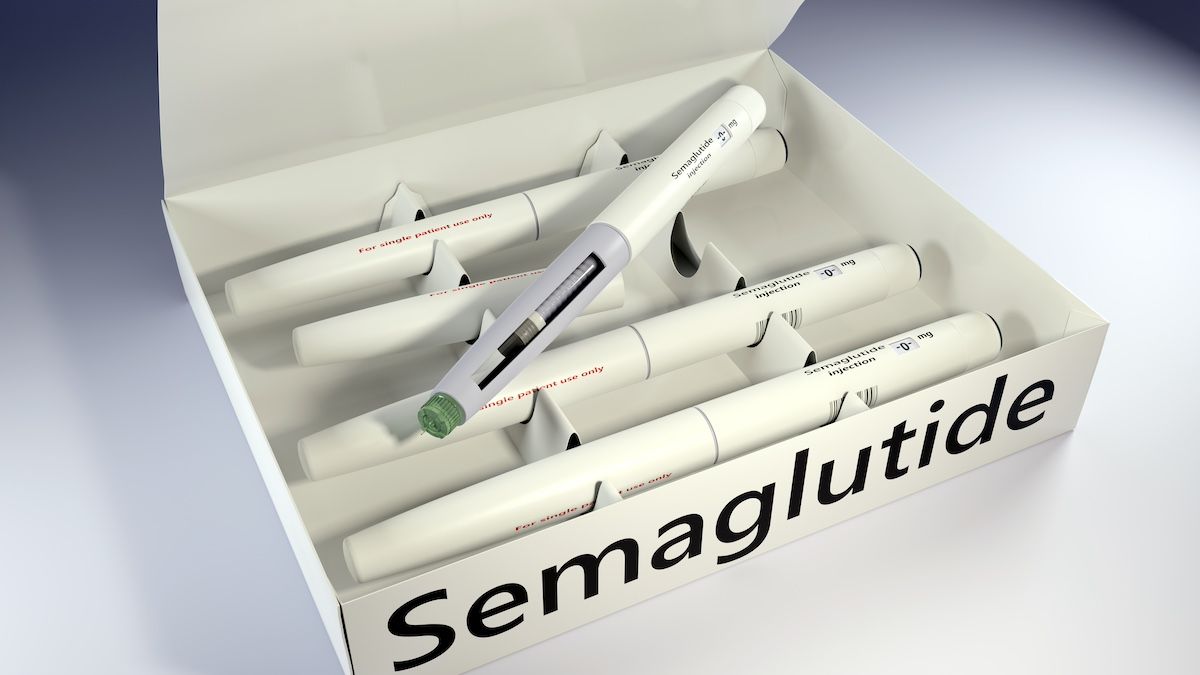Article
Telehealth Claim Lines Increase in October 2020 as COVID-19 Pandemic Surges
Author(s):
Telehealth services have saw a spike in October as COVID-19 cases continued to rise, as seen in claims tracked by FAIR Health.
Telehealth claim lines increased 3060% nationally from October 2019 to October 2020, rising from 0.18% of medical claim lines in October 2019 to 5.61% in October 2020, according to new data from FAIR Health’s Monthly Telehealth Regional Tracker (Figure 1). From month to month, coinciding with a surge in COVID-19 cases in October, the telehealth share of medical claim lines rose 10.6% nationally, from 5.07% in September 2020 to 5.61% in October 2020. The data represent the privately insured population, excluding Medicare and Medicaid.
Trends in the 4 US census regions (Midwest, Northeast, South and West) were similar to those in the nation as a whole. In each region, there were large percent increases in volume of claim lines from October 2019 to October 2020, and smaller increases from September 2020 to October 2020.
Higher telehealth utilization from March to October 2020 in comparison with the same months in 2019 was likely a result of the COVID-19 pandemic. In March and April 2020, many states prohibited in-person rendering of elective procedures, making telehealth a viable alternative. Many of these prohibitions expired in May as states began to open up. Despite some decline from month to month over the summer, telehealth usage remained high in comparison to 2019, as the pandemic continued. The rise of telehealth usage in October may have been related to the increase in COVID-19 cases that month, as the pandemic rose to new highs at the time.
Another notable finding of the October Monthly Telehealth Regional Tracker concerns the top 5 telehealth diagnoses by volume. In both January-October 2019 and September 2020, exposure to communicable diseases was not among the top 5 telehealth diagnoses nationally or in any region, but in October 2020 it was among the top five telehealth diagnoses nationally and in every region. This too is likely related to the surge in COVID-19 cases in October, as patients contacted providers via telehealth out of concern they had been exposed to COVID-19.
As exposure to communicable diseases joined the top 5 telehealth diagnoses, different diagnoses fell out of the lists in different regions, such as substance use disorders in the Northeast (Figure 2) and hypertension in the South.
About the Monthly Telehealth Regional Tracker
Launched in May as a free service, the Monthly Telehealth Regional Tracker uses FAIR Health data to track how telehealth is evolving from month to month. An interactive map of the four US census regions allows the user to view an infographic on telehealth in a specific month in the nation as a whole or in individual regions. In addition to data on the volume of claim lines, diagnoses and procedure codes, each infographic includes findings on urban versus rural usage.
As the COVID-19 pandemic enters different phases, FAIR Health’s Monthly Telehealth Regional Tracker is able to provide insights into how it affects telehealth. We will continue to monitor the evolution of this venue of care.
For the Monthly Telehealth Regional Tracker, click here.
Author Information
Robin Gelburd, JD, is the President of FAIR Health, a national, independent nonprofit organization with the mission of bringing transparency to healthcare costs and health insurance information. FAIR Health possesses the nation’s largest collection of private healthcare claims data, which includes over 32 billion claim records and is growing at a rate of over 2 billion claim records a year. Certified by the Centers for Medicare & Medicaid Services (CMS) as a national Qualified Entity, FAIR Health also receives data representing the experience of all individuals enrolled in traditional Medicare Parts A, B and D; FAIR Health includes among the private claims data in its database, data on Medicare Advantage enrollees. Ms. Gelburd is a nationally recognized expert on healthcare policy, data and transparency.





